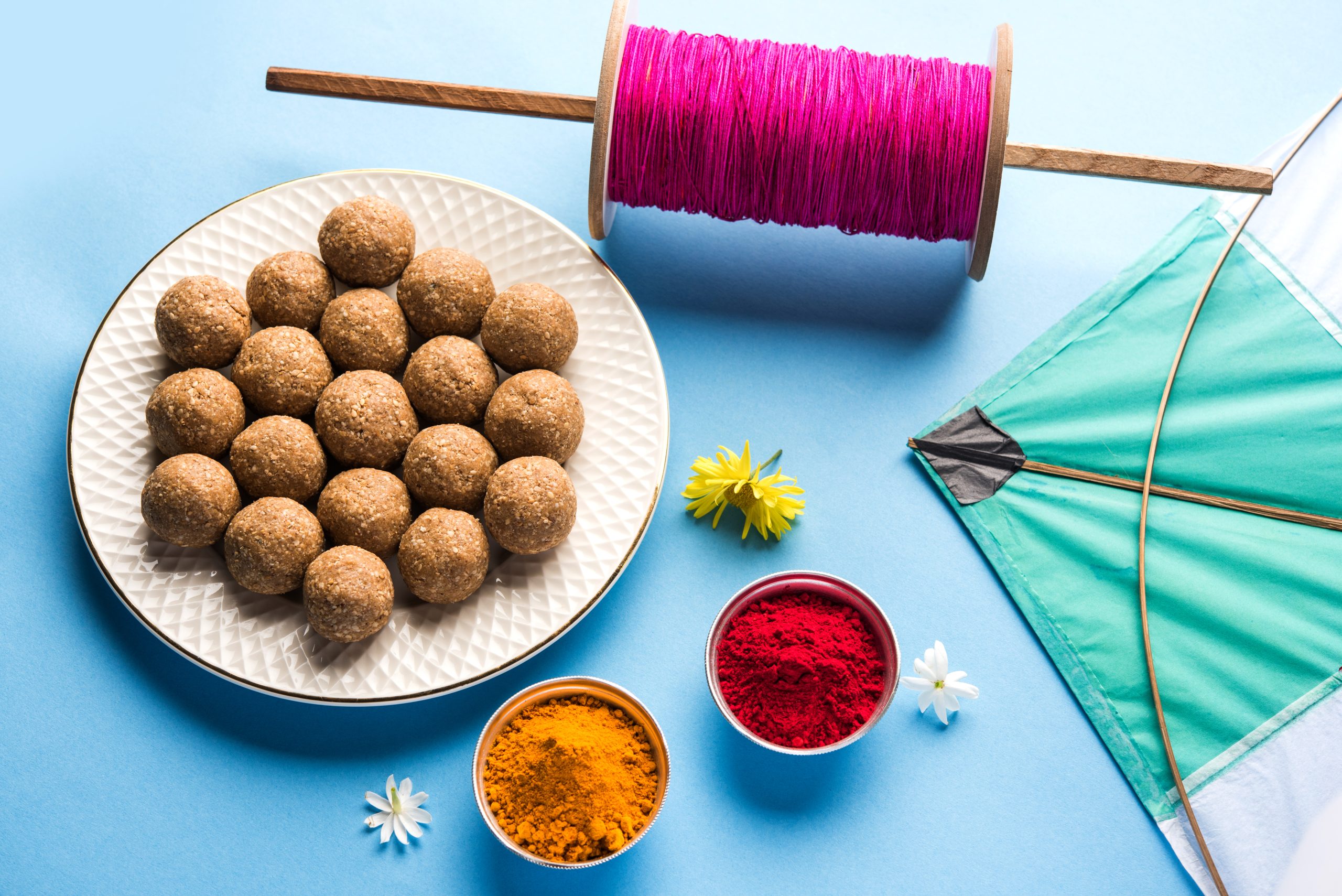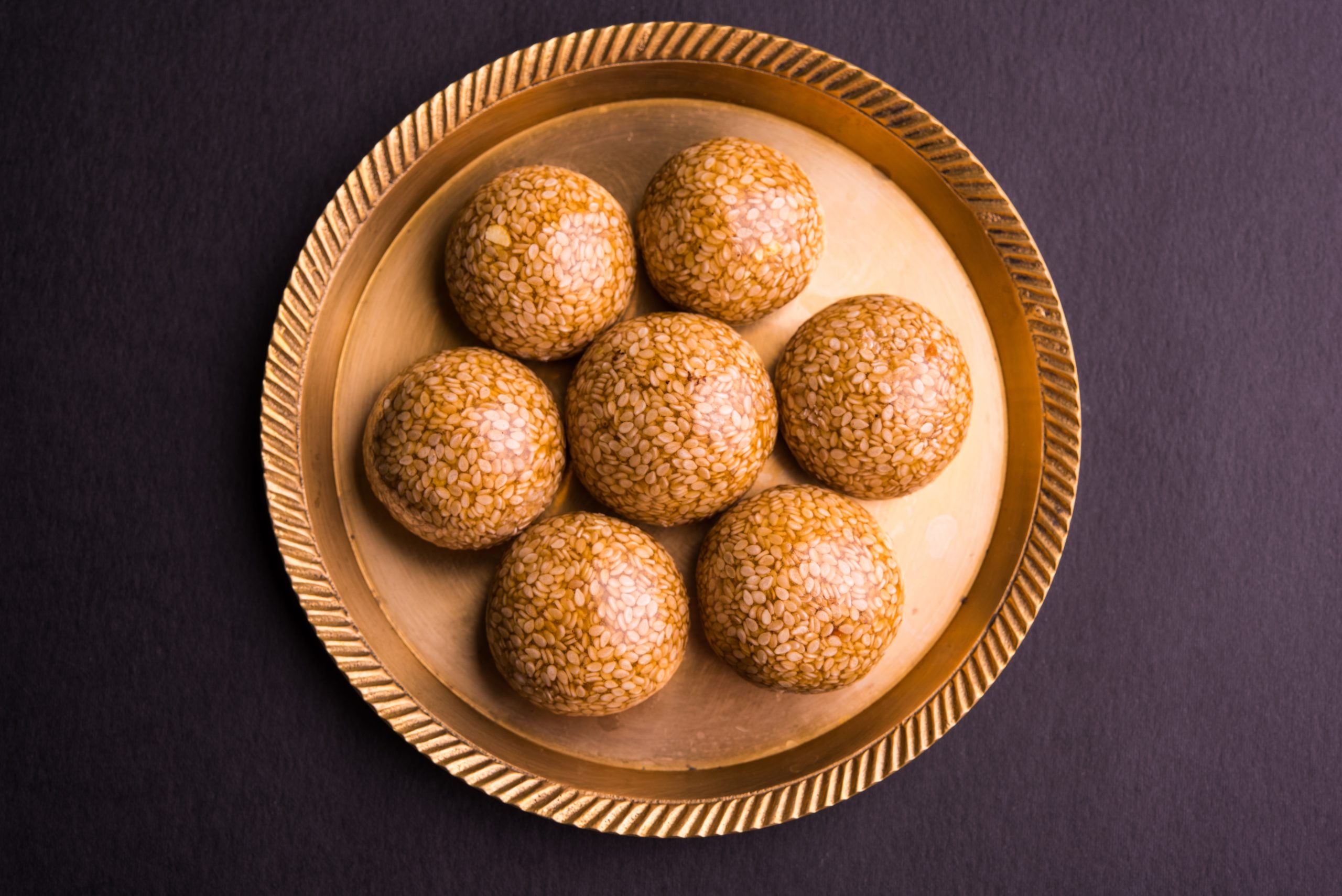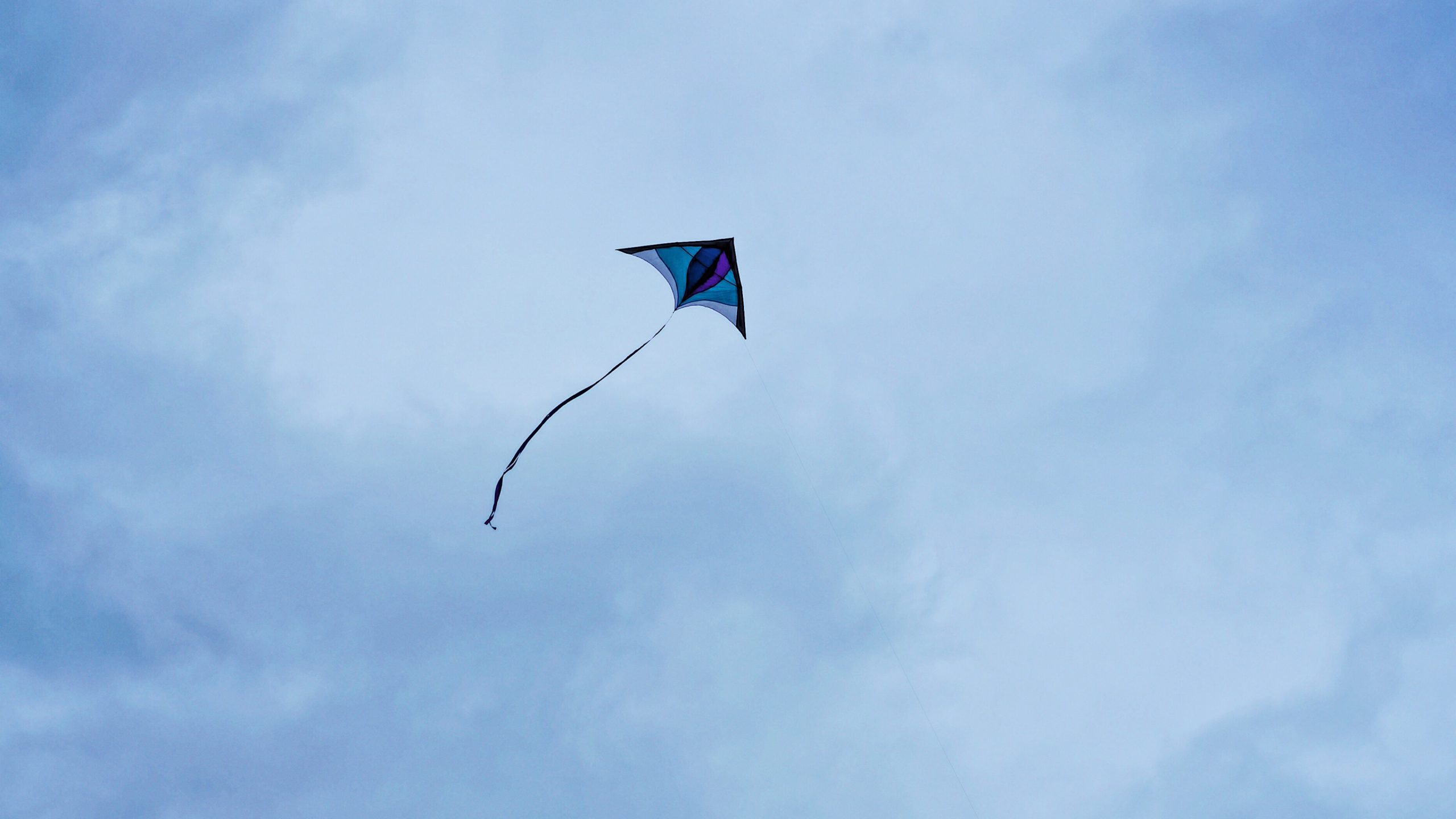The movement of the sun from one zodiac sign to the next is called ‘sankraman’ and the energy released in this process is ‘sankranti’. The sun enters the zodiac sign Capricorn or Makar usually around 14 or 15 January and hence it is called ‘makar-sankranti’. Capricorn or Makar is the name of the 30 degree arc in the milky way traversed by the sun. Saturn is the planet lord of the sign Capricorn. Saturn’s qualities are slowness and coolness. These qualities are contrary to the Sun’s nature and so we receive less of the Sun’s energy at this time. Thus, the ancient seers designed a festival and included some therapeutic customs for this time period. One of which is the popular yogic cosmic prayer or surya-namaskar.
Makar-Sankranti and Ayurveda
From the Ayurvedic perspective, the makar-sankranti time period is in winter or Hemant ritu. During Shishir and Hemant, similar to autumn and winter, there is a general drop in temperatures, and increased dryness both outside the body and inside. It is known as ‘aadaan kaal’ or a time when nature takes away energy from the body. The traditions practiced during this time are all directed towards decreasing dryness and maintaining warmth in the body as well as in our relationships. In fact, Ayurveda suggests adopting these therapeutic remedies not just on the one day of sankranti but throughout the autumn and winter season.
The verse from the Ayurveda text ‘Charak-sanhita’ describes the recommendations
गोरसानिक्षुविकृतीर्वसा तैलं नवौदनम् ।
हेमन्तेऽभ्यस्यतस्तोयमुष्णं चायुर्न हीयते ॥
अभ्यंगोत्सादनं मूर्ध्नि तैलं जेन्ताकमातपम् ।….चरक संहिता
Gorasaanikshuvikruteervasaa tailam navaudanam
Hemante~bhyasyatastoyamush’n’am chaayurna heeyate
Abhyangotsaadanam moordhni tailam jentaakamaatapam…..Charaka Samhitaa
Eating delicacies made from milk and sugarcane are advised in the winter months, along with food rich in lubrication, with healthy oil or fat content. Self-therapies include regular massages with Ayurvedic Abhyanga oils or massage powders. Applying Brahmaleen oil on the crown centre and head and exposing yourself to early morning sunlight, is deeply beneficial!

Festive Traditions
The sankrant festivities reflect Ayurveda’s health message too. The festival is incomplete without sweets made from jaggery – a product of sugarcane – and sesame seeds. The custom is to exchange these sweets with each other and say “Lets share these and be sweet to each other all year round”. Sesame is one of the foremost health ingredients in your kitchen. Sesame seeds are rich in oil and provide warmth and can be used in a number of ways in winter.

In today’s times, you should ensure the jaggery you are buying is chemical free and organic. Naturally made jaggery pacifies the vata and pitta doshas, nourishes blood and relieves fatigue. Since it does increase a little heat, jaggery should be consumed according to one’s individual body type.
When entire villages or communities celebrate together, people gather around a bonfire and the women exchange gifts keeping alive the warmth in relations.

Kite Flying
The tradition of flying kites in open grounds or rooftops helps maximise absorption of the Sun’s energy. Another purpose of the kite flying ritual is ‘space meditation’. Gazing into the vast emptiness of space is a great form of meditation, but is difficult to do. Tracing the colourful dot of the kite on the canvas of space is a natural tratak (concentration) exercise that gives us a meditative benefit while having fun flying the kite. This is the true import of this sport popular in Gujarat and Maharashtra.
Ancient festivals are designed to align wonderfully with seasons, nature and the purpose of human life. Through food, celebration, social rituals and therapies for body and mind, they can help us benefit from seasonal changes. We hope you can make the most of Makar-Sankranti to develop inner and outer strength and stay healthy through the winter!

Undoubtedly this knoweledge will help me .great .and am obliged.